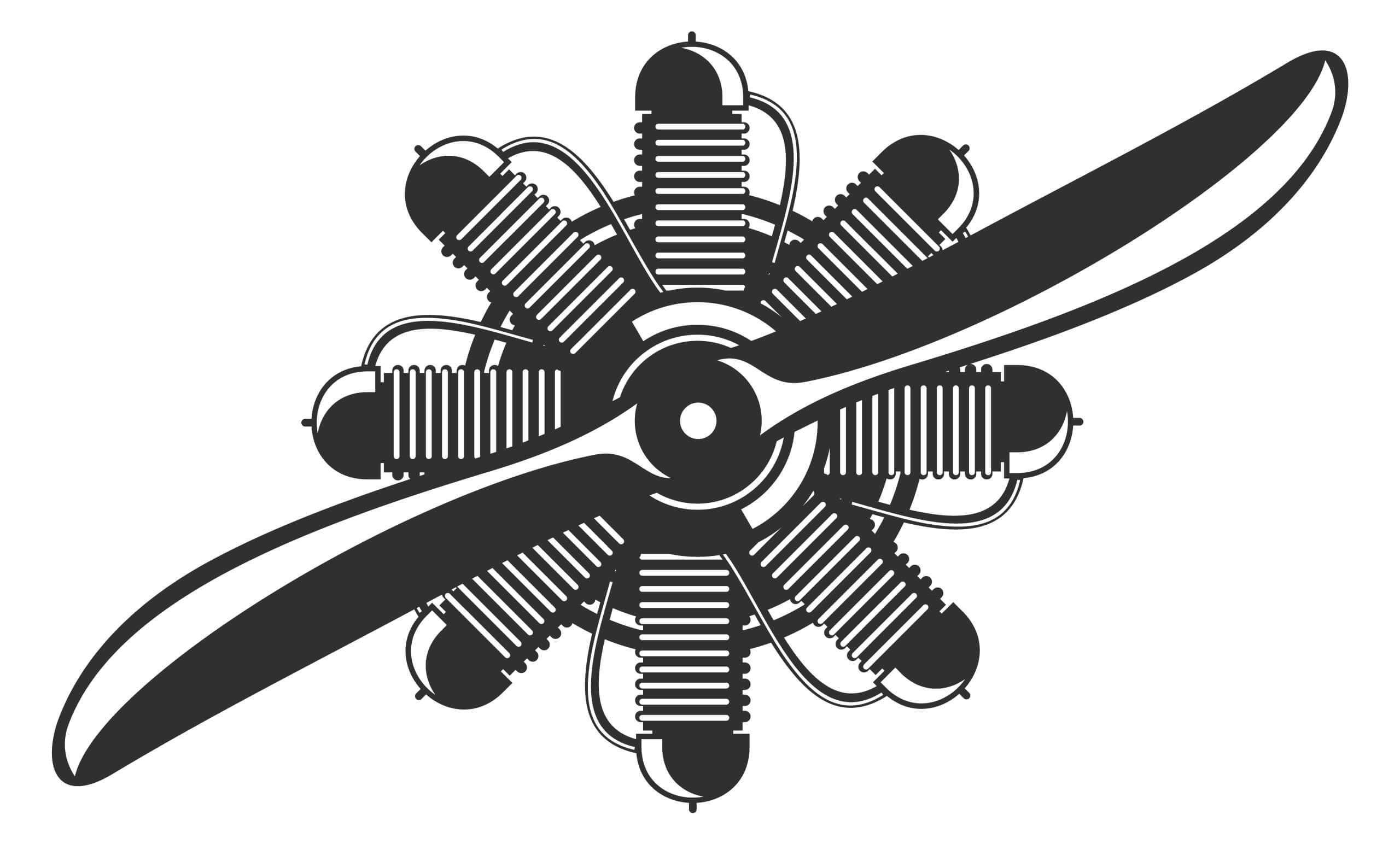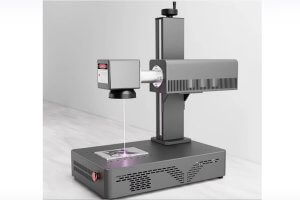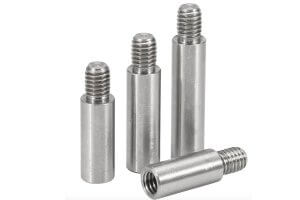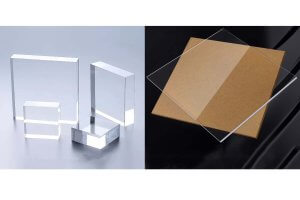Complex curved surface parts are ubiquitous in various high-tech industries, including aerospace, gas turbines, and structural components for aircraft and rockets. These parts often exhibit intricate shapes and structures, with stringent quality requirements that make their manufacturing particularly challenging. Let’s dive into the specifics of these parts and the challenges they present in CNC machining.
The Importance of Engine Disk Parts
Engine disk parts are crucial components in engines, aiding in the compression and expansion of gases to generate powerful thrust efficiently. These parts include integrated bladed disks (blisks) and blade components. Blisks, where blades and disks are manufactured as a single unit, offer advantages over traditional blade designs by eliminating the need for blade roots and slots. This simplification not only reduces the weight of the component but also enhances its structural integrity.
Since the 1980s, integrated blisks have been widely adopted in advanced jet engine designs, representing the forefront of fourth and fifth-generation high-thrust engine technology. Companies like General Electric, Pratt & Whitney, and Rolls-Royce have employed five-axis CNC machining to develop these components, which are now a staple in modern engines.
Blisks feature long blades with thin, highly twisted profiles, deep and narrow channels between blades, and poor accessibility, making them challenging to machine. The materials used, such as titanium and high-temperature alloys, further complicate the manufacturing process due to their hardness and resistance to machining. Blades consist of intricate shapes, including the airfoil, leading edge, and trailing edge, requiring high precision and complex machining strategies.
Aerospace Structural Components
With the increasing demand for large transport aircraft, the design philosophy for aerospace structural components has significantly evolved. Besides the traditional bolted and riveted assemblies, large integral structures are now extensively used. These components, machined from a single large blank, feature complex grooves, ribs, bosses, and lightening holes, offering superior stiffness, fatigue resistance, and critical load-bearing capabilities compared to riveted structures.
The widespread use of integral structures has profoundly impacted aircraft manufacturing, reducing the number of individual parts and enhancing overall quality while minimizing assembly workload. However, due to their size, high material removal rates, and complex geometries, these parts are prone to deformation, such as bending and twisting, making precision machining a critical challenge.
Rocket Fuel Tank Wall Panels
Large thin-wall components form the main structure of rocket fuel tanks, comprising welded aluminum alloy sheets, including the fore and aft domes and cylindrical segments. To ensure the tank’s rigidity and meet weight reduction requirements, the inner walls are designed with uniform thickness grid structures. As rocket designs evolve to meet higher payload demands, the precision requirements for grid dimensions and rib fillet radii have become increasingly stringent.
These parts are large, with complex shapes and low structural stiffness, making them difficult to machine accurately. The final machined surfaces often cannot be described using the original design models, necessitating the use of in-situ measurement data to generate precise machining targets.
Common Challenges in Machining Complex Curved Surfaces
- Deformation: Thin walls and intricate shapes lead to low rigidity, making parts susceptible to deformation during machining. Factors such as cutting forces, residual stress, cutting heat, and vibrations contribute to this issue.
- Residual Stress: Pre-stretched plates reduce but do not eliminate residual stress. The removal of material during machining releases this stress, causing parts to bend, twist, or warp.
- Precision Requirements: High-precision demands, coupled with complex geometries, make achieving the required tolerances challenging. Parts like blisks and integral structures need tight control over dimensions and surface integrity.
- Material Properties: The materials used, such as titanium alloys and high-temperature alloys, are tough and resistant to machining, leading to rapid tool wear and difficulties in maintaining precision.
Strategies to Address Machining Challenges
- Optimized Cutting Parameters: Adjusting cutting speed, feed rate, and depth of cut can help minimize the impact of cutting forces and heat. Using sharp, high-quality tools also reduces machining stress.
- Advanced Fixture Design: Secure and precise fixturing minimizes movement and stabilizes the workpiece during machining. Custom fixtures that support the entire workpiece can significantly reduce deformation.
- Residual Stress Management: Techniques such as stress-relief heat treatments and cryogenic processing can help reduce residual stress in the material.
- Incremental Machining: Gradually removing material in smaller increments prevents sudden releases of residual stress, reducing the risk of deformation.
- In-Situ Measurement: Utilizing real-time measurement data to adjust machining paths ensures the final product meets the design specifications despite initial material distortions.
Data Table: Effects of Cutting Conditions on Deformation
| Cutting Speed (m/min) | Feed Rate (mm/rev) | Depth of Cut (mm) | Deformation (mm) |
|---|---|---|---|
| 300 | 0.1 | 2.0 | 3.5 |
| 400 | 0.15 | 1.5 | 2.8 |
| 500 | 0.2 | 1.0 | 2.0 |
| 600 | 0.25 | 0.5 | 1.2 |
These strategies and adjustments can significantly improve the accuracy and quality of CNC-machined complex curved surface parts, ensuring they meet the rigorous standards required in high-performance applications.
Other Articles You Might Enjoy
- The Benefits of Multi-Material CNC Machining for Complex Parts
Introduction to CNC Machining and Multi-Material Machining CNC (Computer Numerical Control) machining stands as a cornerstone in the manufacturing industry, enabling the precise creation of complex parts through automated control…
- Requirements for CNC Machining Parts
Preparation Work Complete the necessary preparation before machining, including process analysis, process route design, tool and fixture selection, and program compilation. online cnc machining service Operating Steps and Contents Start…
- How to Optimize the Machining Path for Complex Shape Parts in CNC?
Introduction to Machining Path Optimization for Complex Shapes in CNC CNC machining has revolutionized the manufacturing industry, offering unparalleled precision and efficiency. The crux of this success lies in the…
- What are the requirements for CNC machining of bearing parts?
Bearings are common and important parts in the automotive industry, which can support transmission components and transmit torque. Generally, CNC machining centers are used to process bearing parts. So what…
- How to Select the Most Suitable Machining Parameters for Complex Shape Parts in CNC?
Introduction to CNC Machining of Complex Shapes CNC machining has revolutionized the manufacturing industry by enabling the production of complex shapes with high precision and efficiency. This technology utilizes computerized…
- Evolution of Mills and Machining Centers: The Future of CNC Machining Parts
Stepping into the world of CNC machining, you quickly realize how pivotal mills and machining centers are in crafting precise parts. Over time, these machines have evolved significantly, transforming from…









